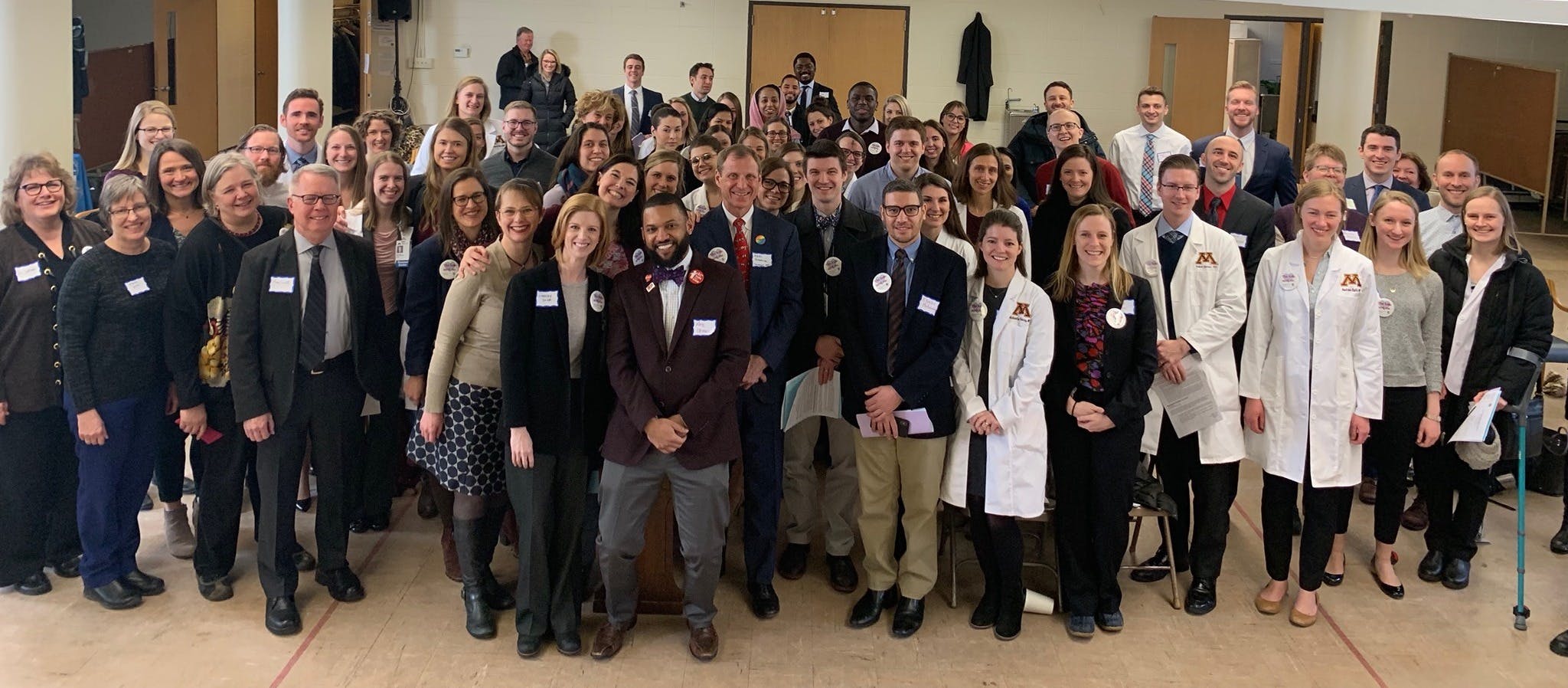A leading voice on children’s health and well being in Minnesota, MNAAP represents more than 1,000 pediatricians, pediatric providers, and pediatric trainees. Simply put, we’re committed to #PutKidsFirst
The depth and breadth of pediatric expertise in the state is something we tap into regularly — for education, advocacy and networking purposes. Because every child deserves to grow up healthy and safe.
Read our articles in Minnesota Pediatrician. Watch our interviews with local media outlets. Join our bi-monthly conference calls on key pediatric issues. Listen to our testimony at the State Capitol. Get to know us at the chapter’s annual Hot Topics in Pediatrics Conference or Pediatrician’s Day at the Capitol.
Regardless of how involved you want to become, you’ll benefit from being a member of our Minnesota chapter.

